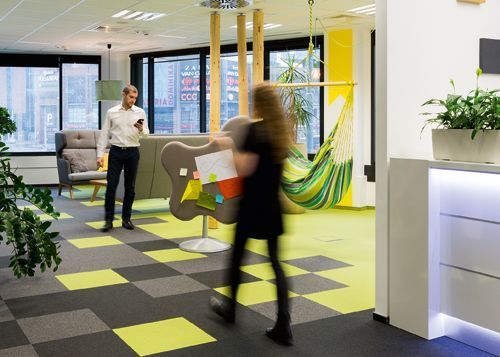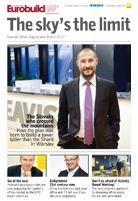The concept of Activity Based Working (ABW) entails making the office a flexible space that adapts to its users and the nature of their activities.
Hays, Kinnarps and Skanska are organisations for which the working space of different generations and temperaments is extremely important, although the emphasis is placed on its various elements. Our close, long-term cooperation with employers and office tenants on the Polish market has given us wide ranging experience and knowledge of their requirements.
We are aware of the current needs of companies, as well as the expectations of employees, with respect to work space. We can see that the modern office, which allows employees to choose their work space based on the nature of their work, is no longer regarded as something of a curiosity. Is the abandonment of the traditional concept of the office becoming a pre-requisite for organisations aiming at further technological development and openness to the diverse needs of their employees?
T































































